In Pictures: Excavating A Village Frozen in Time
sacbe closeup
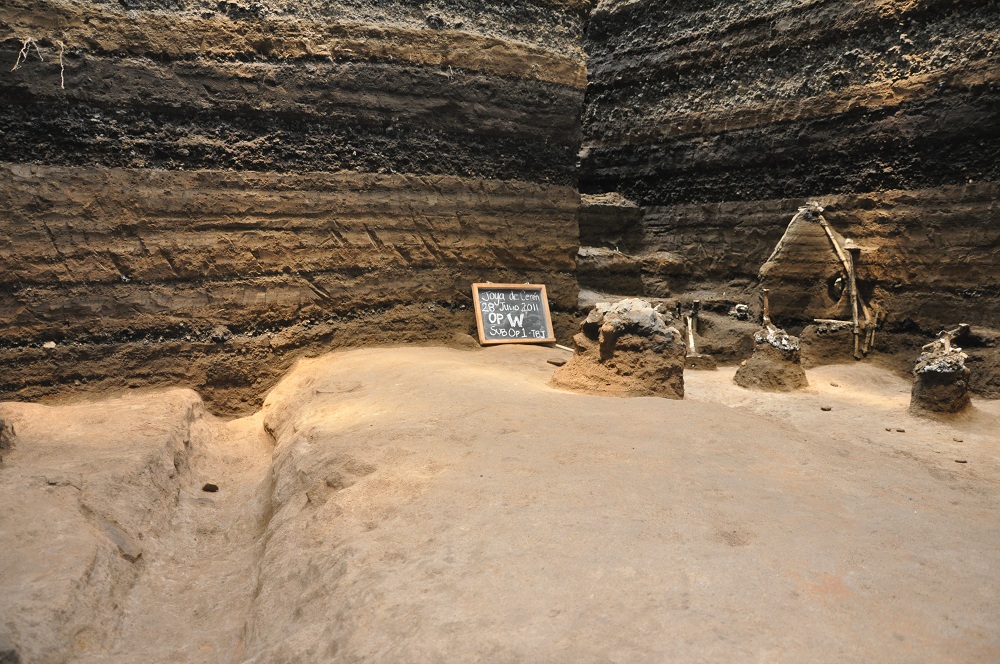
While excavating the Maya village of Ceren, researchers have discovered a unique road, which was likely how the villagers managed to flee the billowing plume of volcanic ash from the Loma Caldera volcano as it rolled through the town some 1,400 years ago. Shown here, the sacbe, or "white way," — a paved road built by the Maya usually to connect temples, plazes and groups of structures within ceremonial centers or cities — shown here with a drainage canal on the left and several corn plants preserved by ash on the right in the Maya village. [Read full story]
ceren
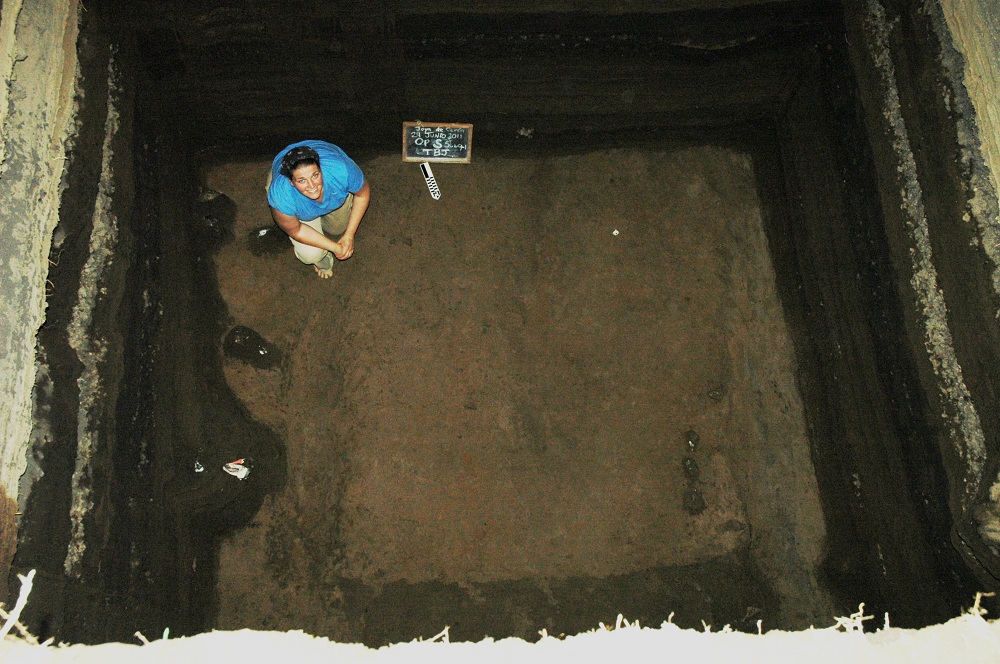
Researchers discovered an ancient Maya white road known as a sacbe has been discovered buried under roughly 17 feet of volcanic ash at the archaeological village of Ceren in El Salvador by a University of Colorado Boulder team. [Read full story]
ceren

Structures at the Maya village of Ceren, a 1,400-year-old site, where the Loma Caldera volcano erupted less than a third of a mile away. [Read full story]
Ceren Manoic Field

Payson Sheets and his team uncovered a field of manioc shrubs (and their edible, starchy tubers) one-third the size of football in the Mayan farming village of Ceren in El Salvador.[Read full story]
ceren
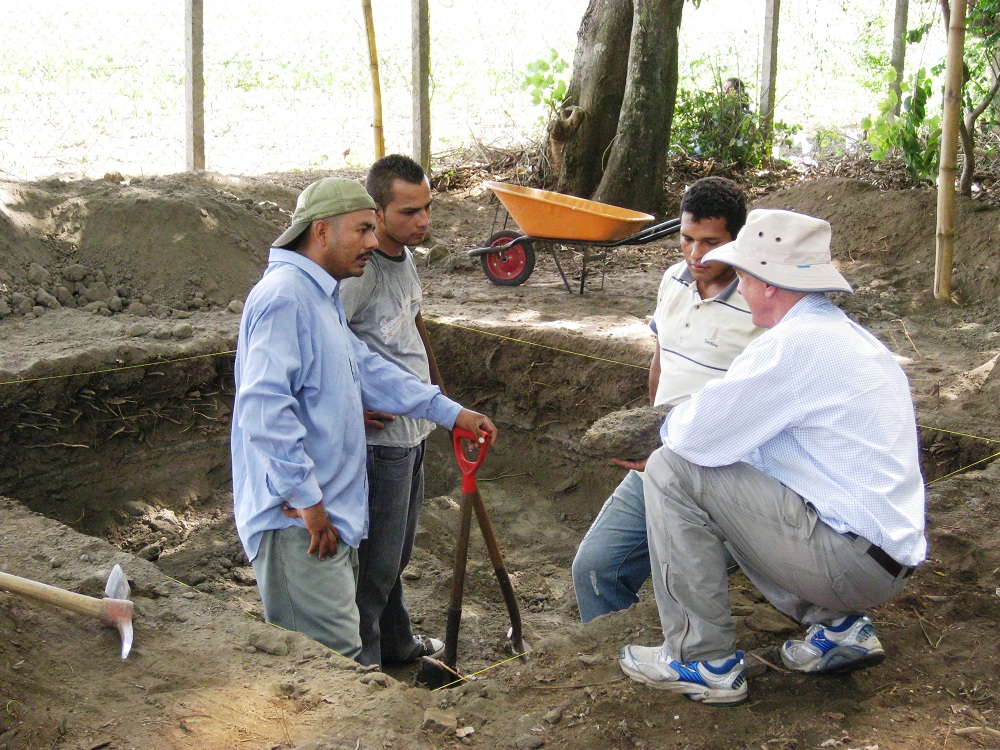
Workers stand around the excavation pit at Ceren. [Read full story]
Ceren
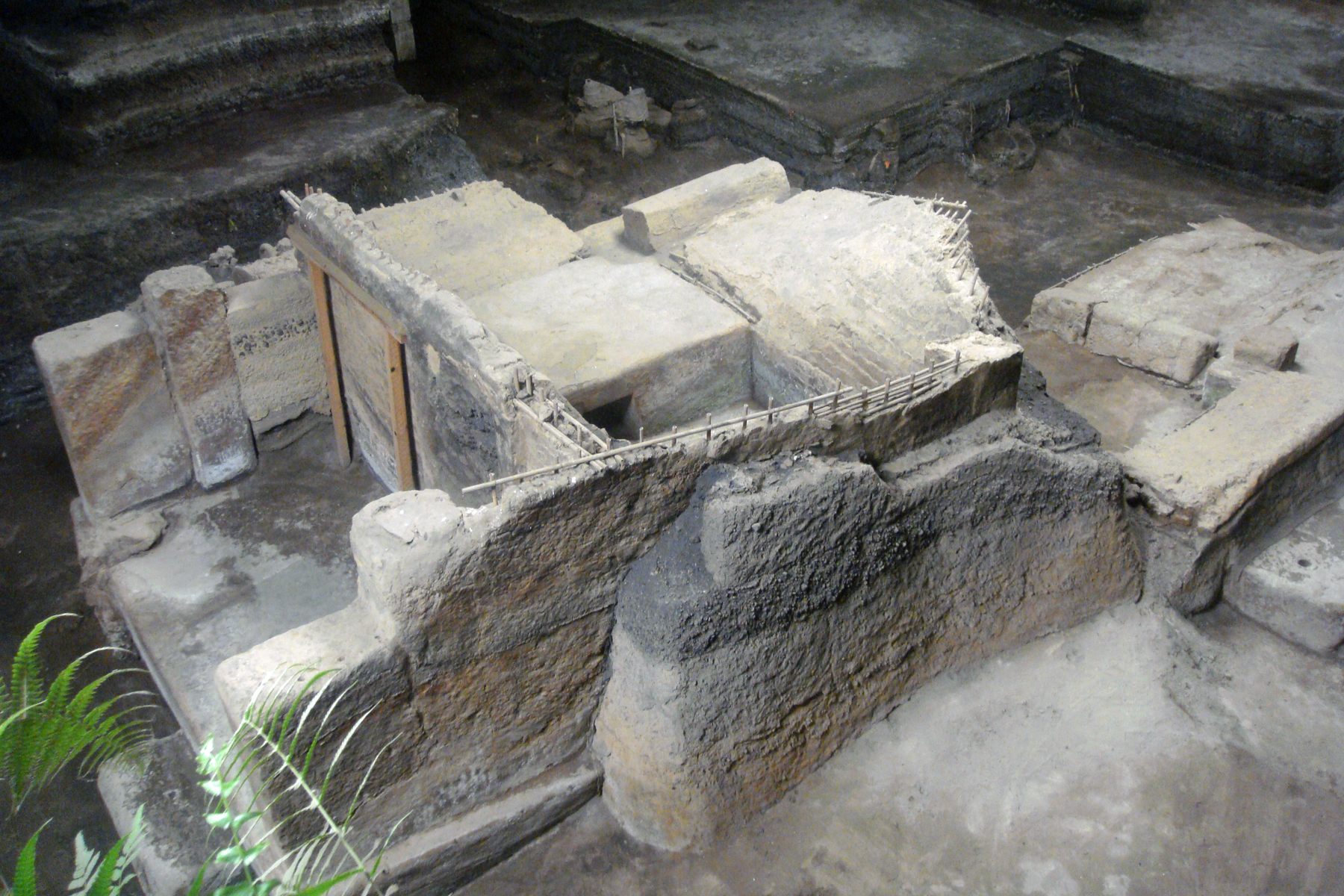
Structures at the Ceren site. [Read full story]
ceren

Payson Sheets is in charge of the Ceren dig that discovered the ancient white ash sacbe road. [Read full story]
Get the world’s most fascinating discoveries delivered straight to your inbox.
ceren
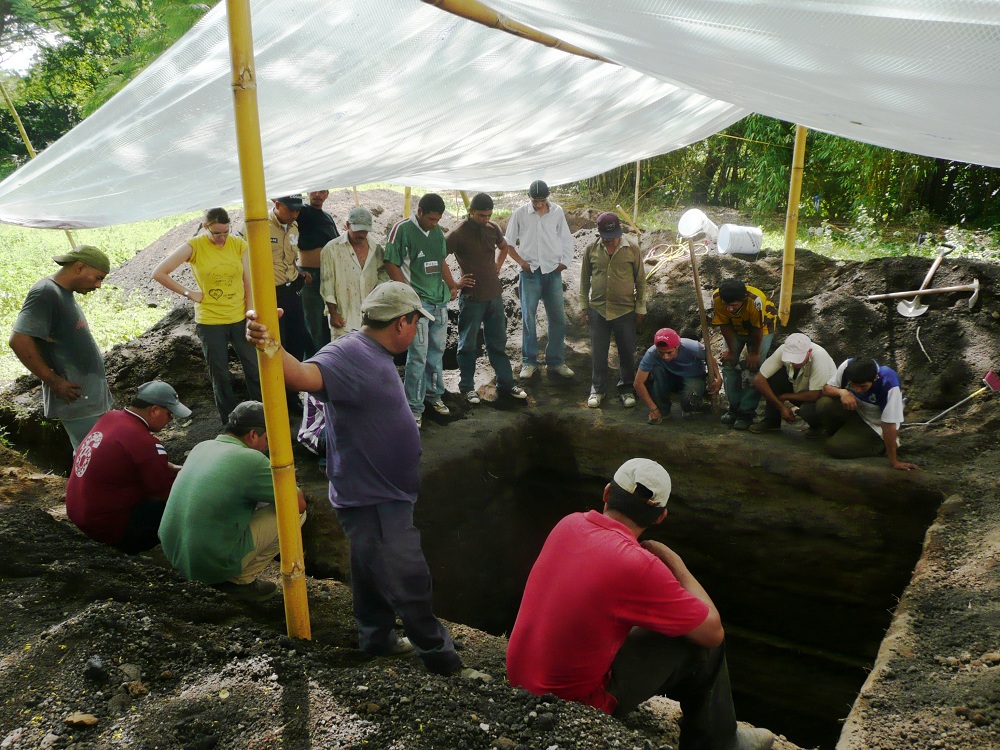
Workers stand around the excavation pit at Ceren. [Read full story]
ceren
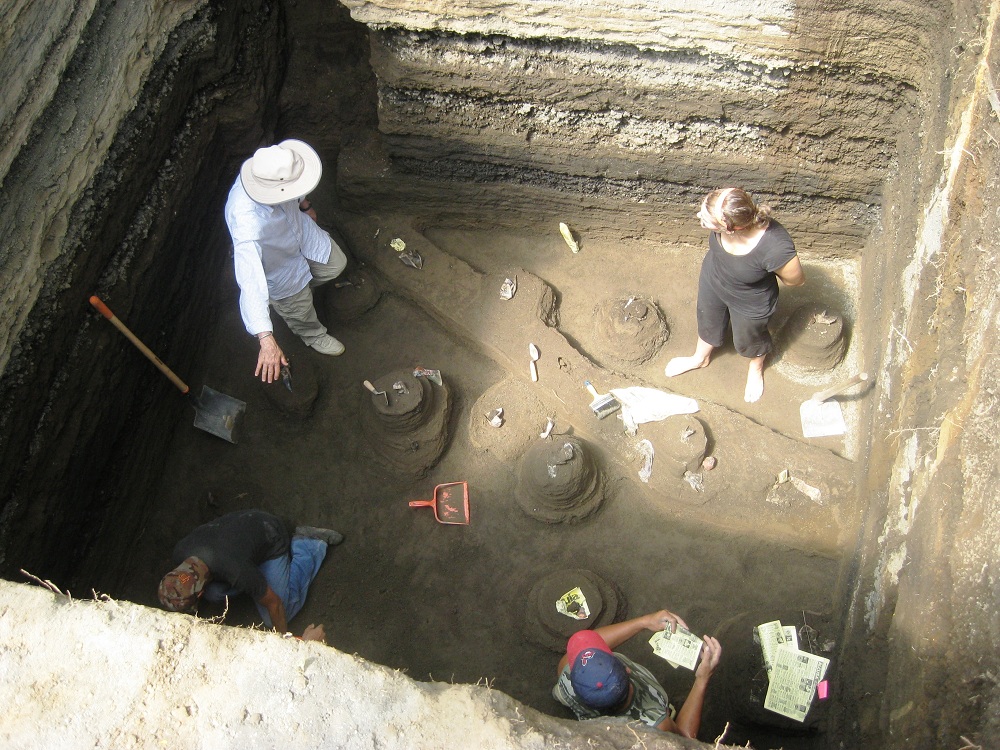
Near the ancient road, the researchers found several hollows of ancient maize plants, to preserve their shape; the researchers filled them with plaster in the round pedestals of volcanic ash. [Read full story]
ceren

Structures at the Ceren site. [Read full story]
ceren

Structures at the Ceren site. [Read full story]
Jennifer Welsh is a Connecticut-based science writer and editor and a regular contributor to Live Science. She also has several years of bench work in cancer research and anti-viral drug discovery under her belt. She has previously written for Science News, VerywellHealth, The Scientist, Discover Magazine, WIRED Science, and Business Insider.



